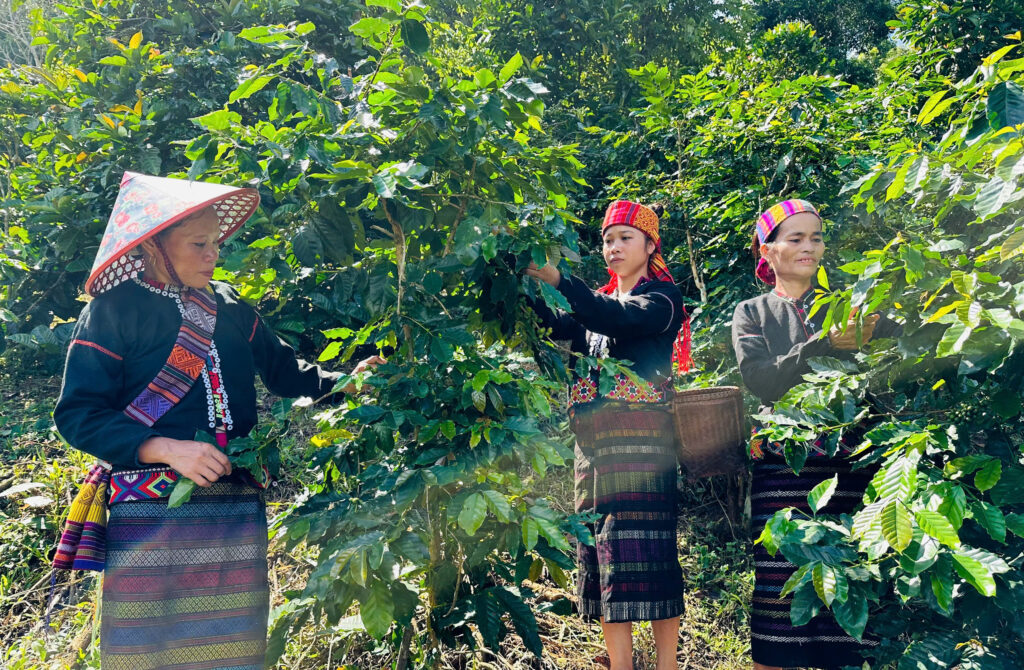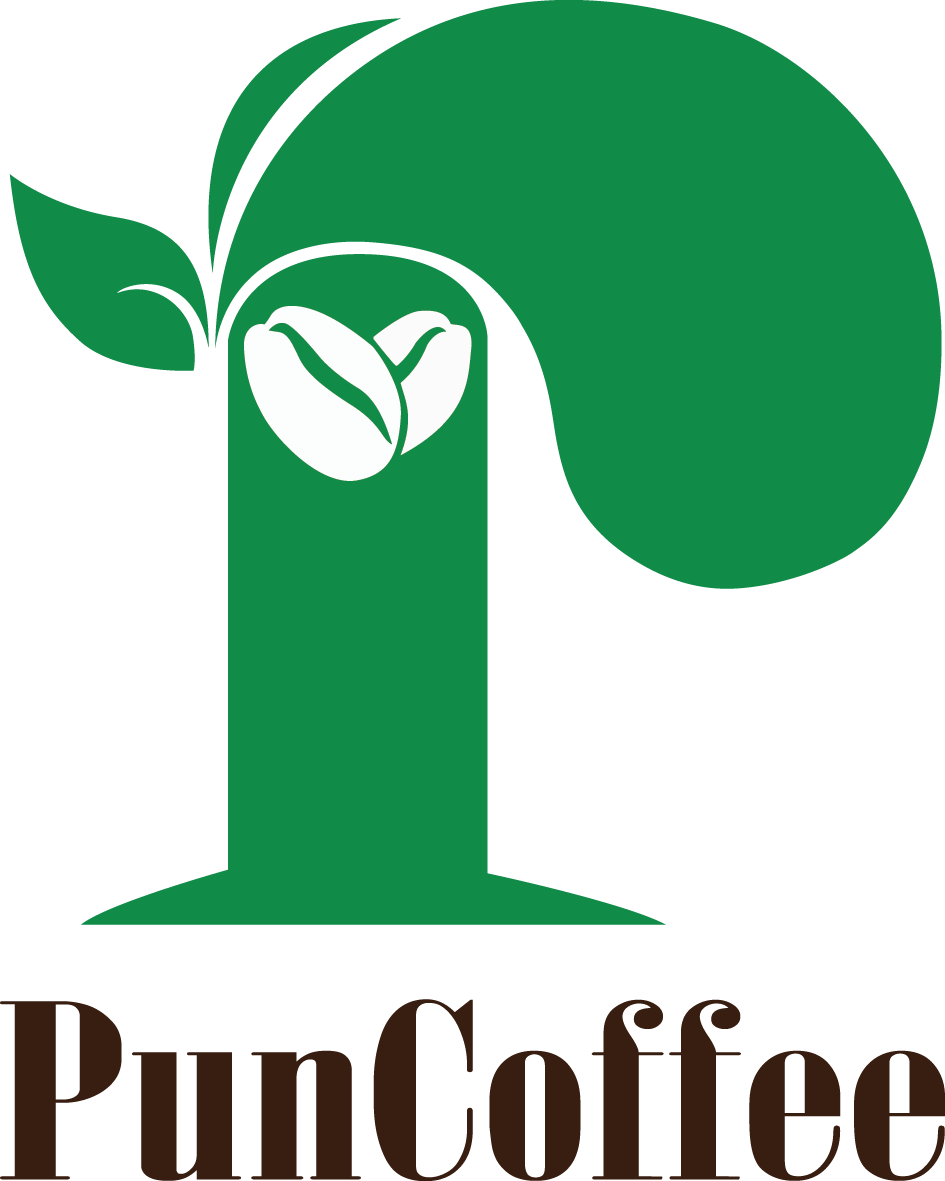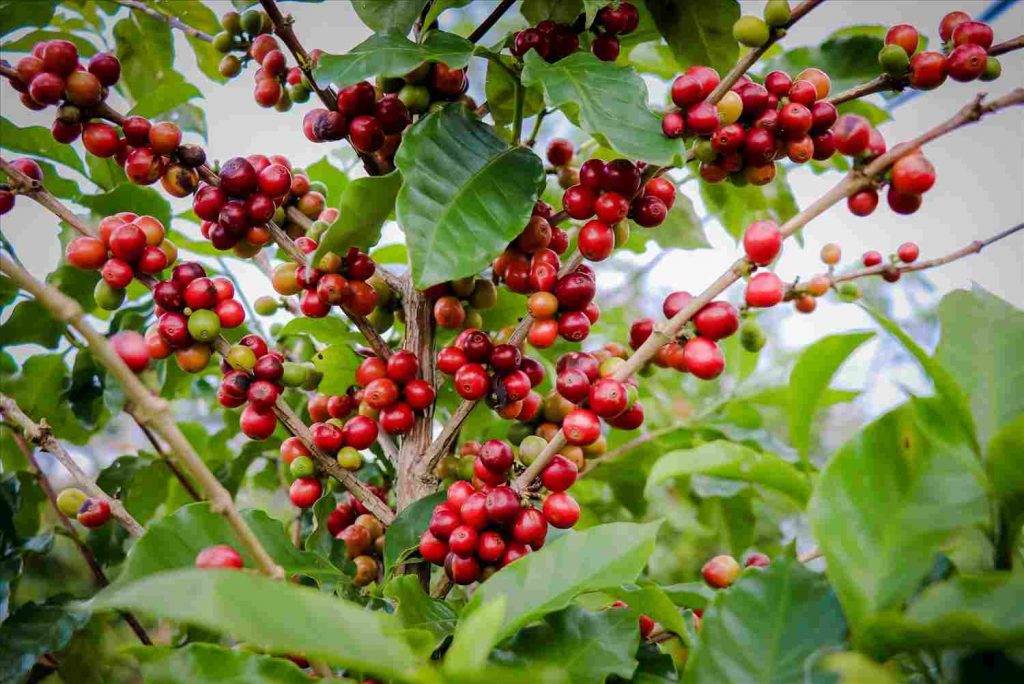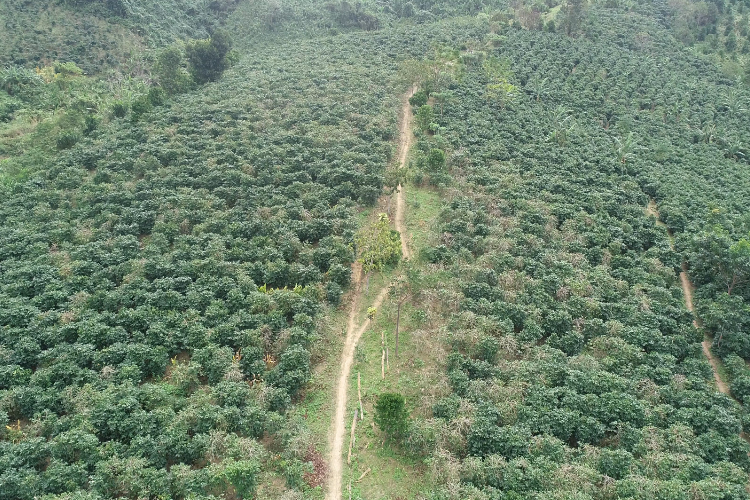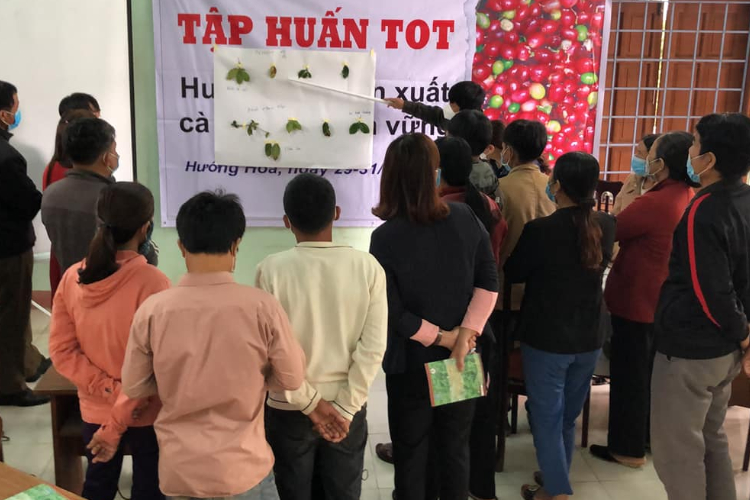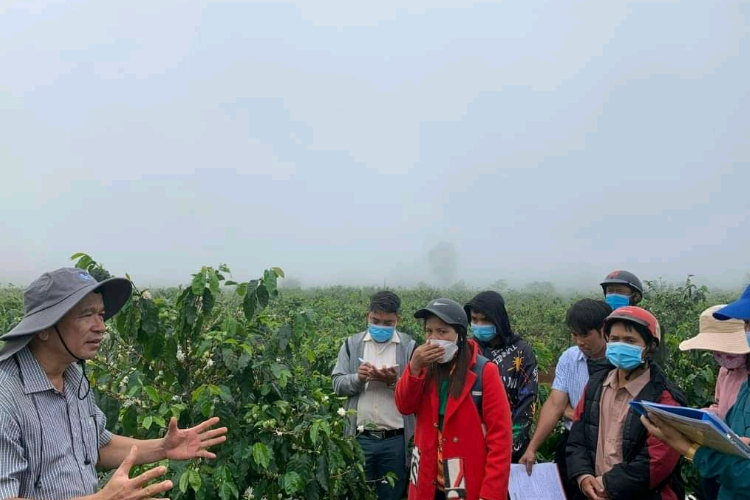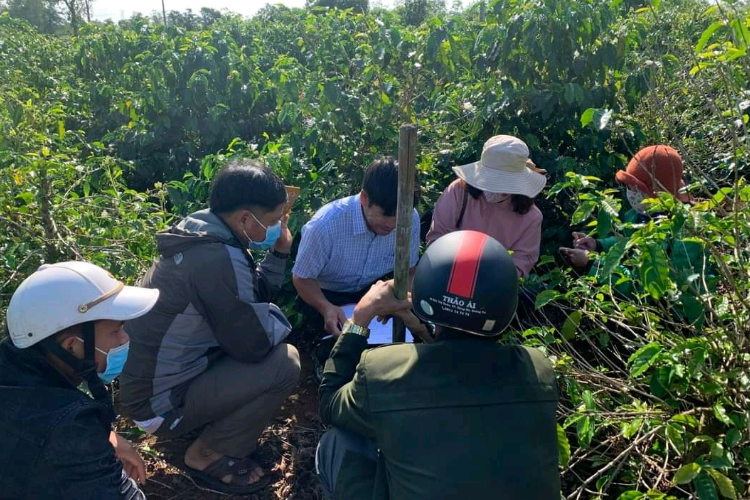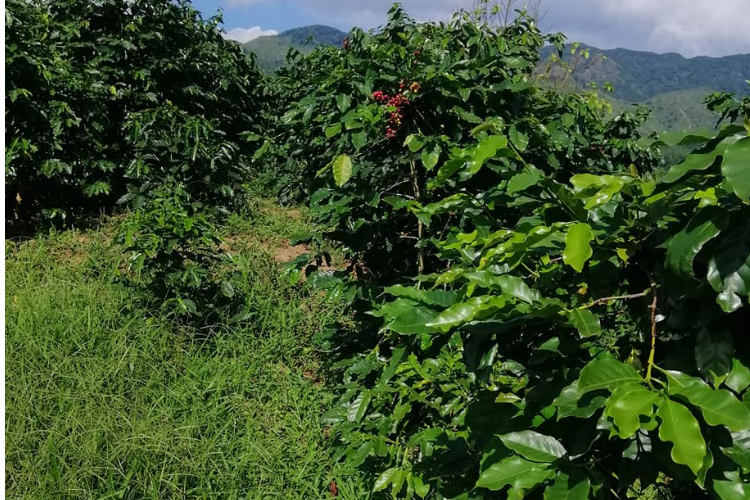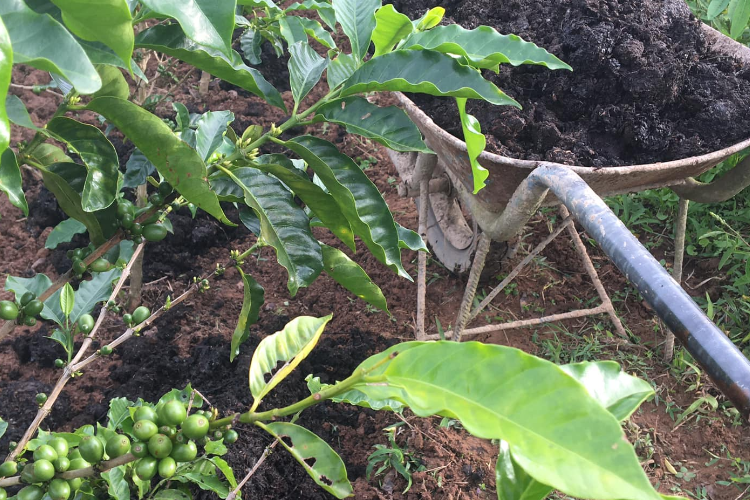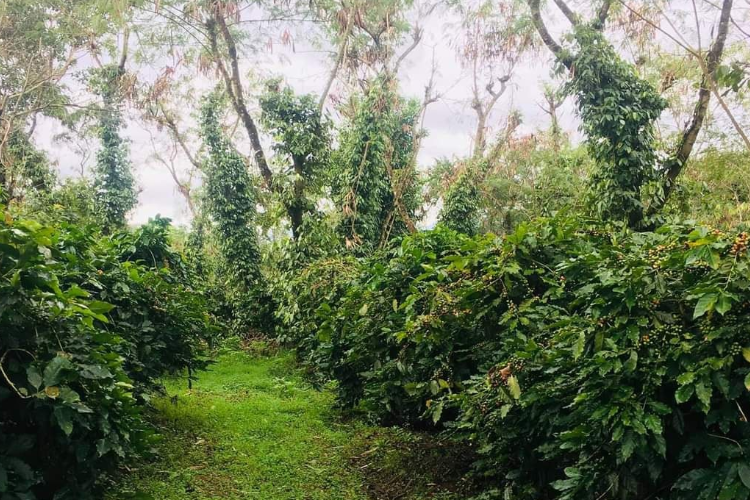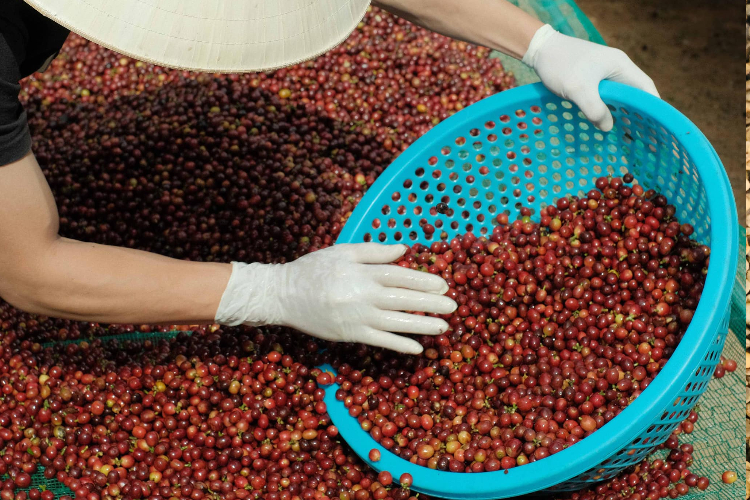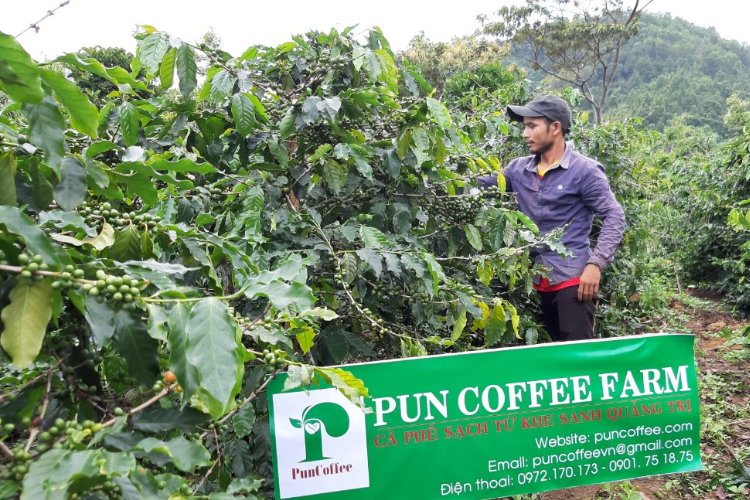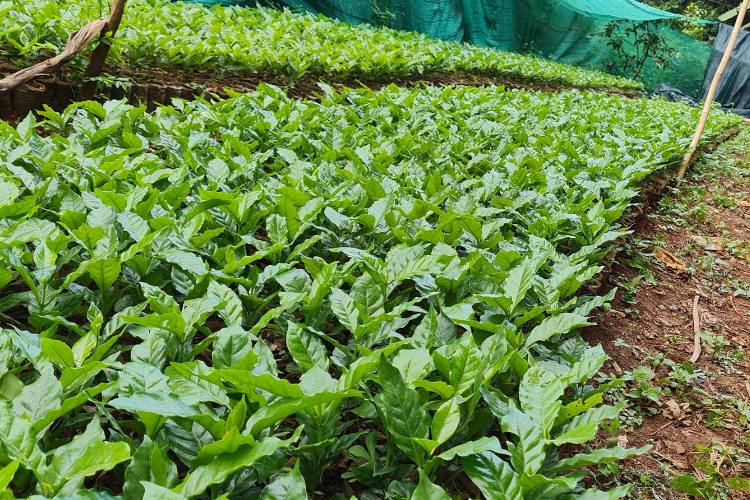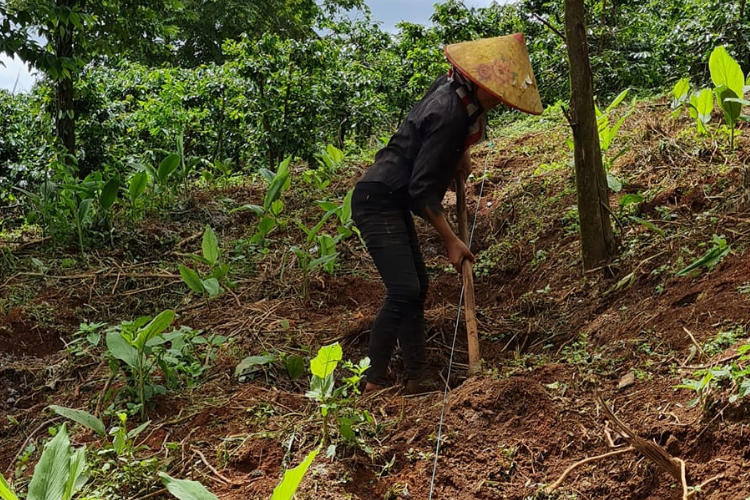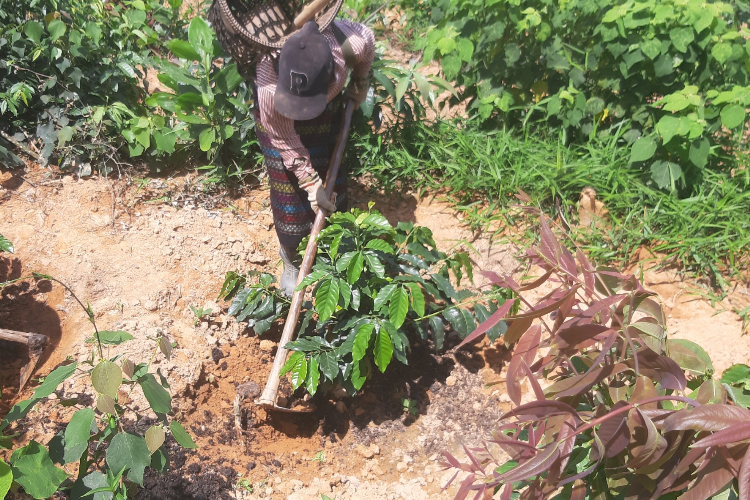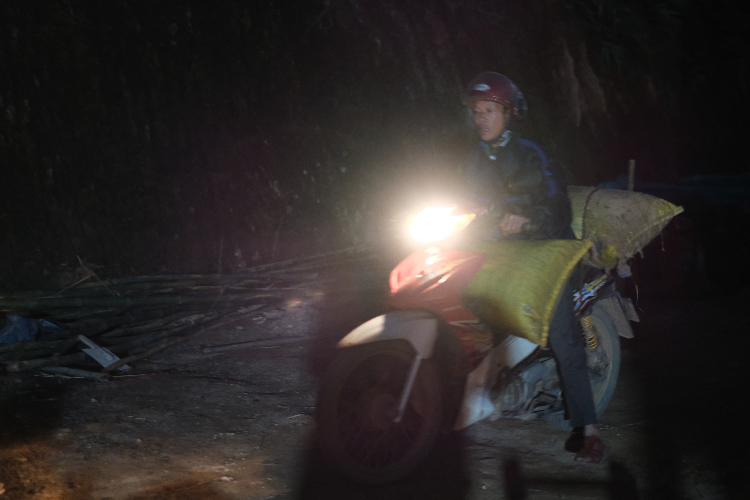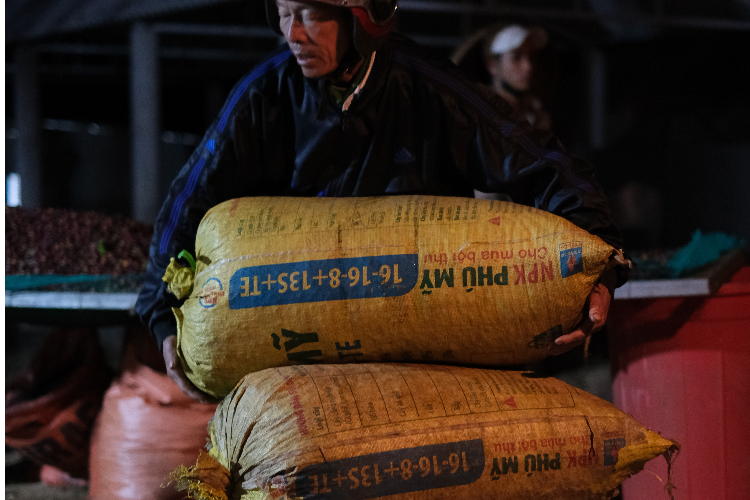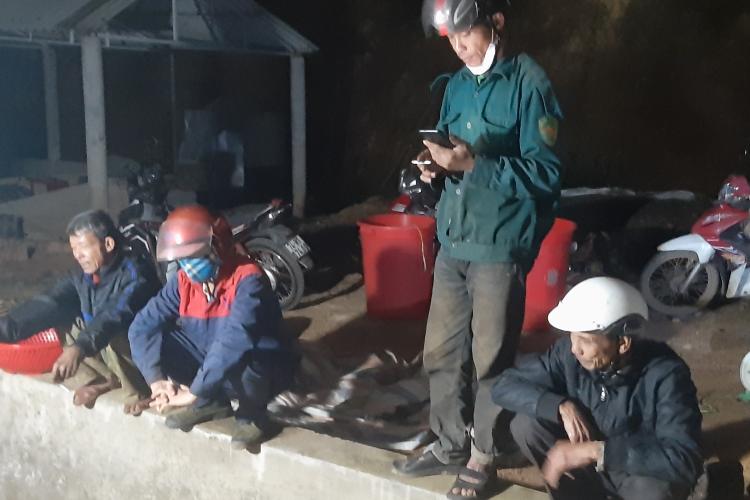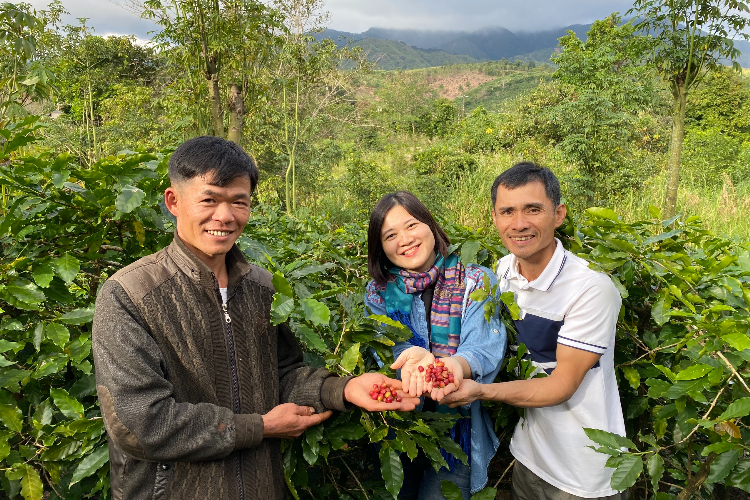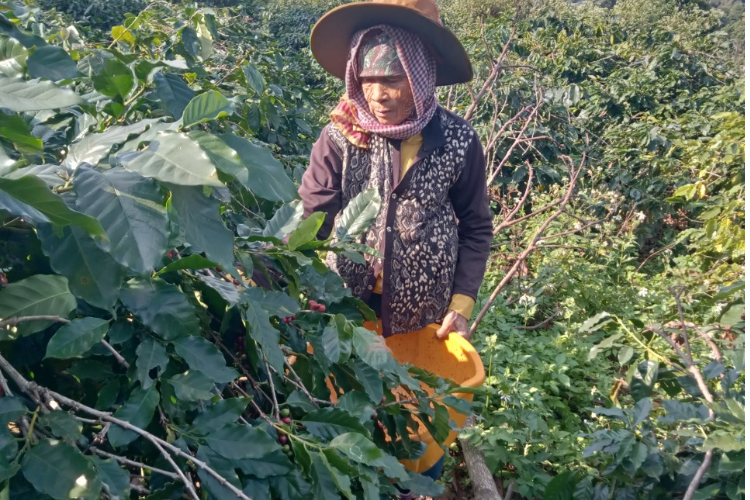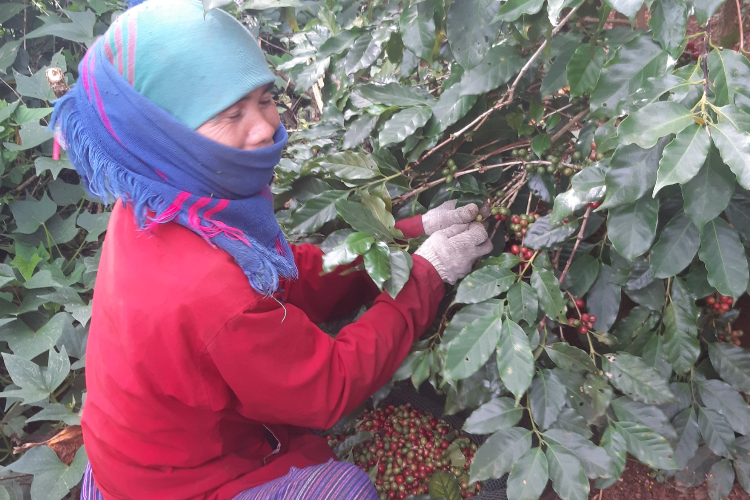Our farm is located in Huong Phung commune, Huong Hoa district, Quang Tri province. Huong Phung is considered the coffee capital of Khe Sanh, with a total coffee area of 1,896 hectares, accounting for 42% of the district’s coffee output. The main coffee varieties grown here are Arabica catimor, along with Liberica, and a small amount of newly planted Robusta.
Huong Phung is situated in a transitional climate zone influenced by the unique climate system of the Truong Son mountain range. The average annual temperature is relatively moderate, with a subtropical climate (22°C), and the temperature difference between day and night ranges from 10 to 12°C, making it ideal for the growth and development of Arabica coffee.
